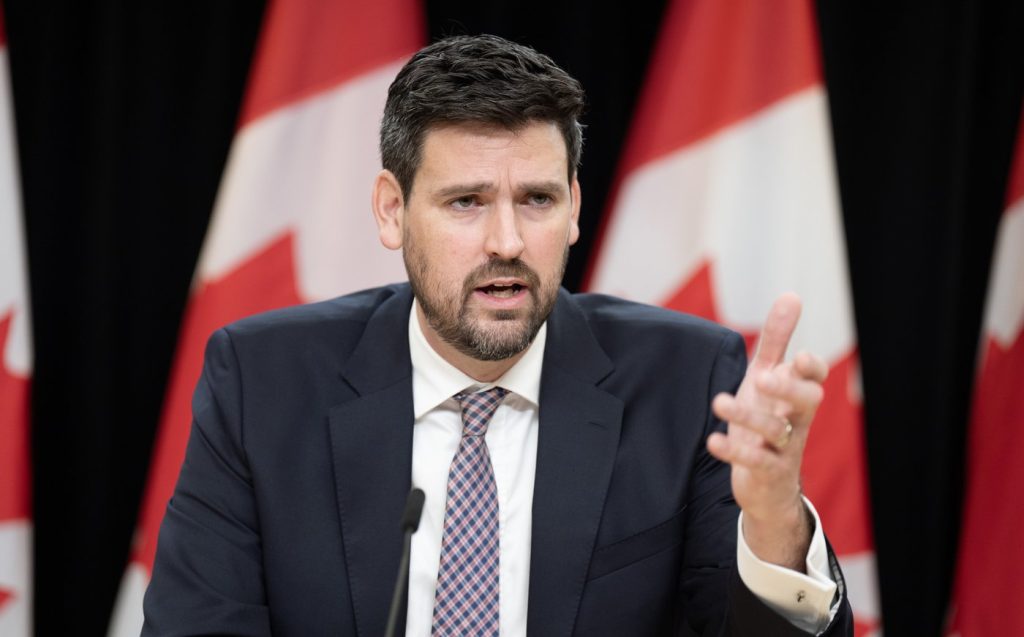Takeaways from AP’s report on bodies from migrant boats buried on the beach in Senegal
Posted Jul 28, 2023 01:24:10 AM.
Last Updated Jul 28, 2023 01:32:09 AM.
SAINT-LOUIS, Senegal (AP) — In the seaside town of Saint-Louis, Senegal, officials and residents say bodies of migrants from capsized boats attempting the dangerous trip from West Africa to Spain are buried in unmarked beach graves. Most of the families of those buried will never know what happened to their loved ones.
Bodies wash ashore or are found by fishermen at sea, then are buried by authorities, and lawyers and human rights experts say it’s unclear whether the deaths are documented or investigated as required by Senegalese and international law.
More people are making the trip across the Atlantic in rickety wooden boats known as pirogues trying to reach Spain’s Canary Islands. With reports of capsized boats and drownings on the rise, locals say they can tell where bodies are buried by the bits of thick rope and black plastic resembling body bags that stick out from mounds of sand.
HOW MANY MIGRANTS ARE MAKING THE TRIP?
The route from West Africa to Spain is one of the world’s most dangerous, yet the number of migrants leaving from Senegal has surged over the past year. That means more missing people and deaths — relatives, activists and officials have reported hundreds over the past month, though exact figures are difficult to verify.
The increases come amid pressure from the European Union for North and West African countries to stop migrant crossings. Like most nations in the region, Senegal releases little information about the crossings, the migrants who attempt the trip or those who die trying.
But according to the International Organization for Migration, at least 2,300 migrants left Senegal trying to reach the Canaries in the first six months of the year, doubling the number from the same period in 2022. A Spanish official, speaking on condition of anonymity because the figures weren’t authorized for release, told AP that about 1,100 arrived in the Canaries.
It’s unclear what happened to the 1,000-plus people who didn’t make it to Spain. They may have died at sea, been rescued from capsized boats or be held by authorities. Through June, Senegal detained 725 migrants, said interior ministry spokesman Maham Ka, though officials wouldn’t say whether the nine vessels involved had left shore yet.
WHAT IS HAPPENING TO THE BODIES?
Authorities in Saint-Louis admitted to AP that bodies are sometimes buried on the beach. They said it happens only when approved by the local prosecutor — and usually the bodies are severely decomposed.
“Why take it to the morgue since no one can recognize it?” said Amadou Fall, commander of the fire brigade for three northern Senegal regions.
The prosecutor in Saint-Louis wouldn’t respond to AP’s questions about approval of burials or say whether investigations were opened into the deaths. AP phoned and texted Senegal’s justice ministry, responsible for investigating deaths, but received no response.
In Saint-Louis, the beach is now marked in parts with the remnants of black plastic that resemble body bags from the morgue and knotted rope that appear to be securing what lies beneath the sand.
The beach burials have happened for years but skyrocketed for 2023, with about 300 bodies in the first seven months, compared with just over 100 for all of 2022, according to a local official who works closely with authorities and insisted on anonymity for fear of reprisal.
Locals say the government is trying to hide the scale of the problem because it tarnishes Senegal’s reputation.
WHAT DO THE LAWS SAY?
Senegal has agreed to several international accords, including The African Charter on Human and Peoples’ Rights and The Global Compact on Migration, to ensure the investigation of disappearances and arbitrary deaths, identify the dead, and inform families.
Even if a body has decomposed, the obligation remains to do everything possible to identify the person and seek support if resources are lacking, said Judith Sunderland, of Human Rights Watch.
“It’s completely unacceptable for state authorities to bury people without investigating the causes of their deaths or attempting to identify them,” she said.
Survivors of failed boat trips told AP they were forced to tell the families of friends who died what happened because authorities left them in the dark. Some relatives file missing-person reports but hear little to no information from officials.
WHY DO PEOPLE ATTEMPT THE TRIP?
Senegal has long been regarded as a beacon of democratic stability in a region riddled with coups and insecurity, but political tension is mounting, with at least 23 killed last month during weekslong protests between opposition supporters and police. Some cite political strife for the surge in migration; others note that most who leave are young Senegalese men who say poverty and a lack of jobs are driving them to risk their lives.
Since 2006, Spain has worked with Senegal to crack down on migrant boats. That year, arrivals to the Canary Islands first peaked, with more than 30,000 people arriving on Spanish shores — many of them Senegalese. Today, Spain’s national police and civil guard are deployed in Senegal to assist local authorities. The country also received more than $190 million from the EU’s Emergency Trust Fund for Africa for development programs aimed at addressing the root causes of migration.
But residents here say little has improved.
From May to July, about 30 boats left Saint-Louis for Europe and about 10 sank, said El Hadji Dousse Fall, a member of the Organization for the Fight Against Clandestine Immigration, which tries to prevent youths from crossing the sea and teaches them about legal migration pathways. Still, many have already made up their minds.
“They have a saying,” Fall said, speaking partly in the local Wolof language. “Barca or Barsakh” — Barcelona or die.
___
Brito reported from Barcelona and Las Palmas de Gran Canaria, Spain.
Sam Mednick And Renata Brito, The Associated Press








